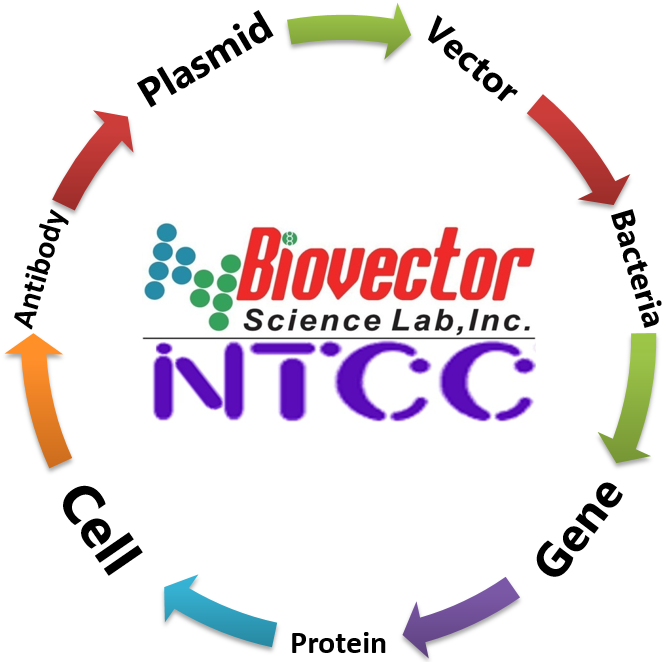SNU-523 NTCC?人宮頸癌細(xì)胞株human cervical carcinoma cell line BioVector NTCC質(zhì)粒載體菌株細(xì)胞蛋白抗體基因保藏中心
- 價(jià) 格:¥99850
- 貨 號(hào):NTCC? SNU-523
- 產(chǎn) 地:北京
- BioVector NTCC典型培養(yǎng)物保藏中心
- 聯(lián)系人:Dr.Xu, Biovector NTCC Inc.
電話:400-800-2947 工作QQ:1843439339 (微信同號(hào))
郵件:Biovector@163.com
手機(jī):18901268599
地址:北京
- 已注冊(cè)
NTCC? SNU-523人宮頸癌細(xì)胞株human cervical carcinoma cell line
BioVector NTCC質(zhì)粒載體菌株細(xì)胞蛋白抗體基因保藏中心
The NTCC? SNU-523 cell line is a human cervical carcinoma cell line. It has been widely used in cancer research, particularly in studies related to cervical cancer.
Key Characteristics:
Origin: Derived from a human cervical carcinoma
Morphology: Epithelial-like cells
Tumorigenicity: Can form tumors in nude mice
HPV Status: Human papillomavirus (HPV) negative
Applications in Research:
The SNU-523 cell line has been used in various research areas, including:
Cervical cancer research: Studying the molecular mechanisms of cervical cancer development and progression.
Drug development and screening: Evaluating the efficacy and toxicity of potential anticancer drugs.
Cell biology: Investigating cellular processes such as cell cycle regulation, apoptosis, and signal transduction pathways.
Limitations:
Immortalized cell line: May not perfectly reflect the behavior of primary tumor cells.
Potential for genetic drift: Prolonged culture can lead to changes in the cell line's genetic makeup.
生產(chǎn)廠家Supplier:
BioVector NTCC質(zhì)粒載體菌株細(xì)胞蛋白抗體基因保藏中心
E-mail:BioVector@163.com
您正在向 biovector.net 發(fā)送關(guān)于產(chǎn)品 SNU-523 NTCC?人宮頸癌細(xì)胞株human cervical carcinoma cell line BioVector NTCC質(zhì)粒載體菌株細(xì)胞蛋白抗體基因保藏中心 的詢(xún)問(wèn)
- 公告/新聞




